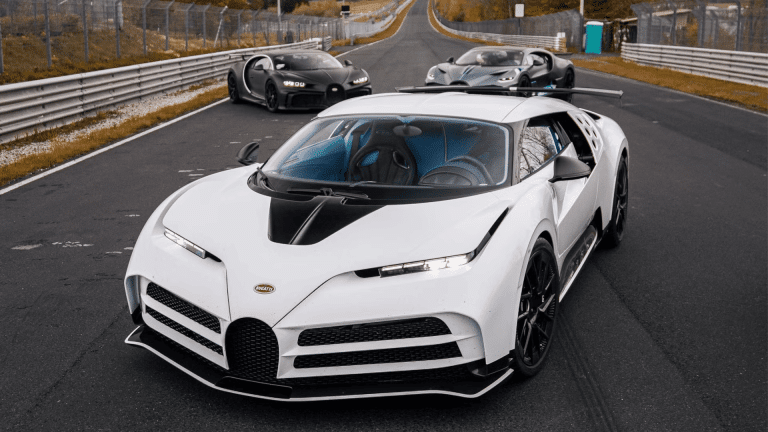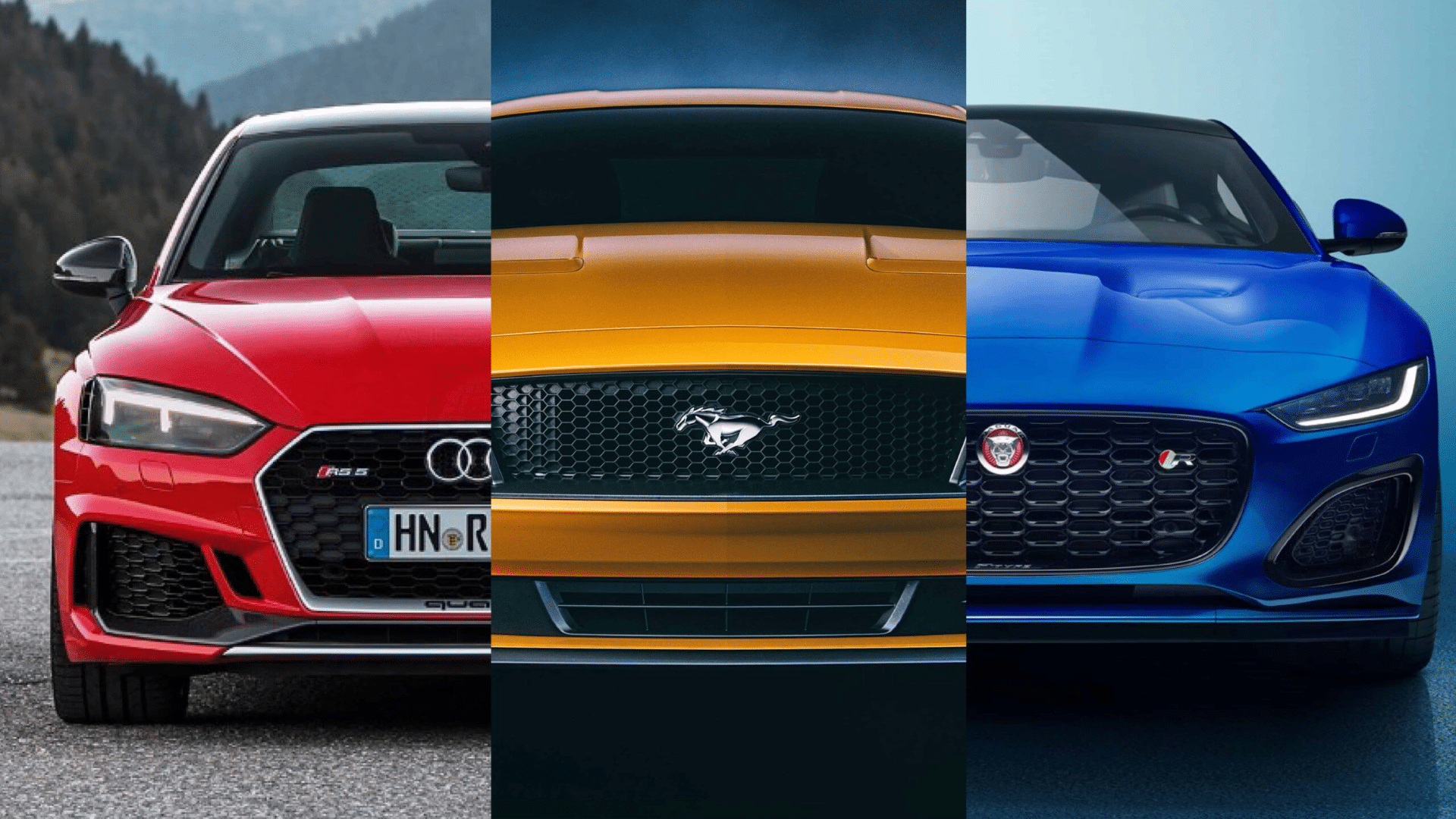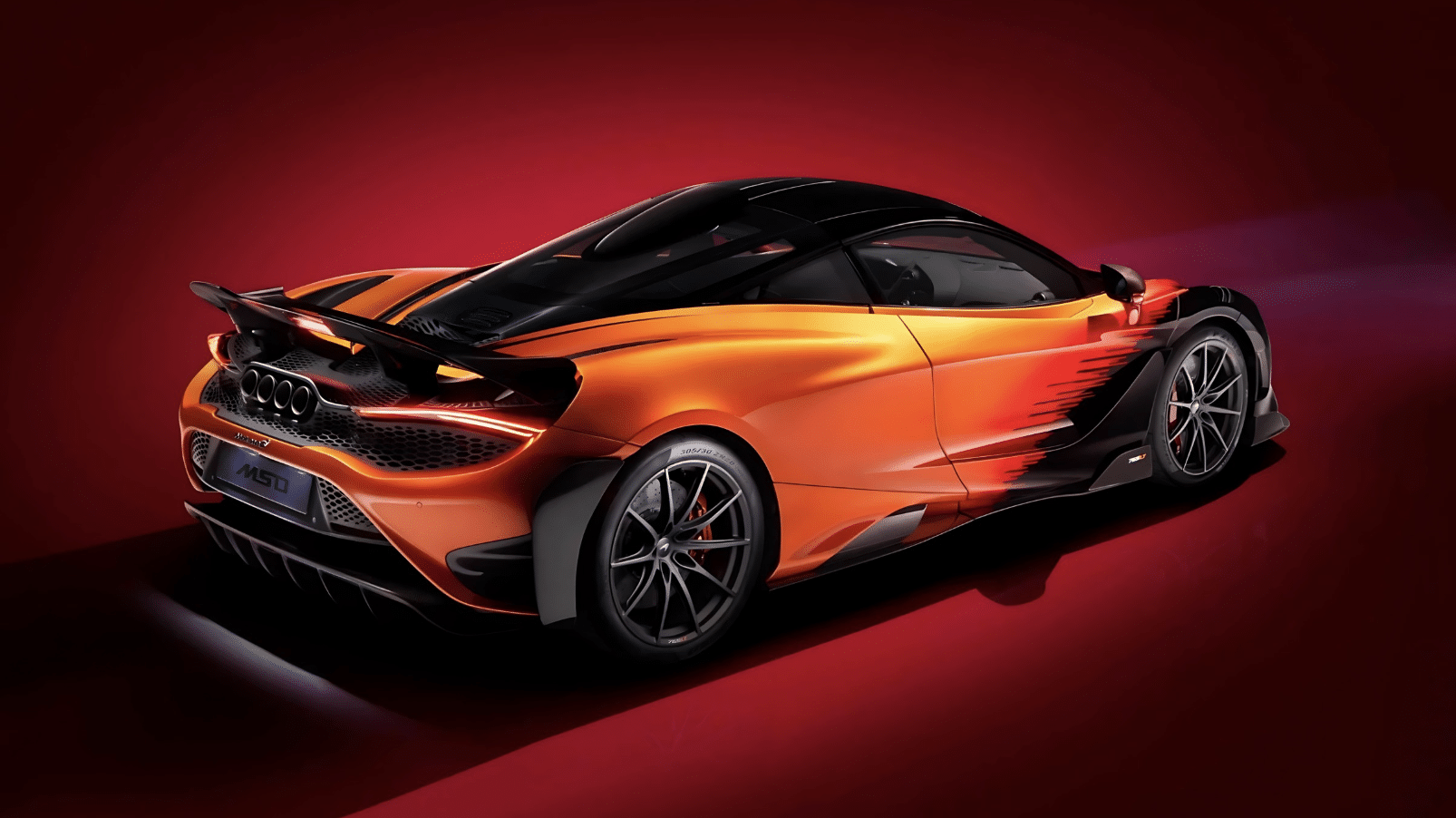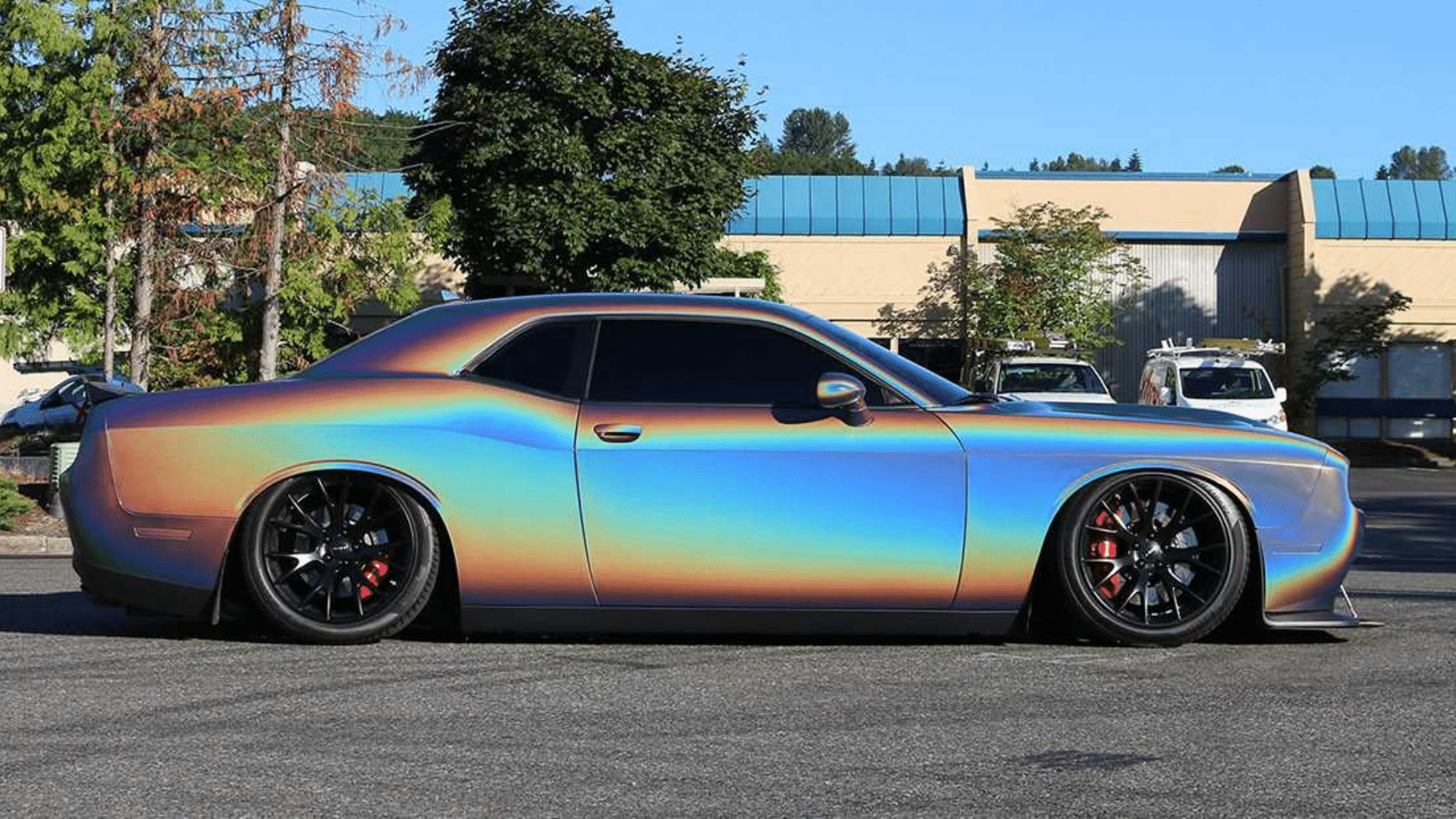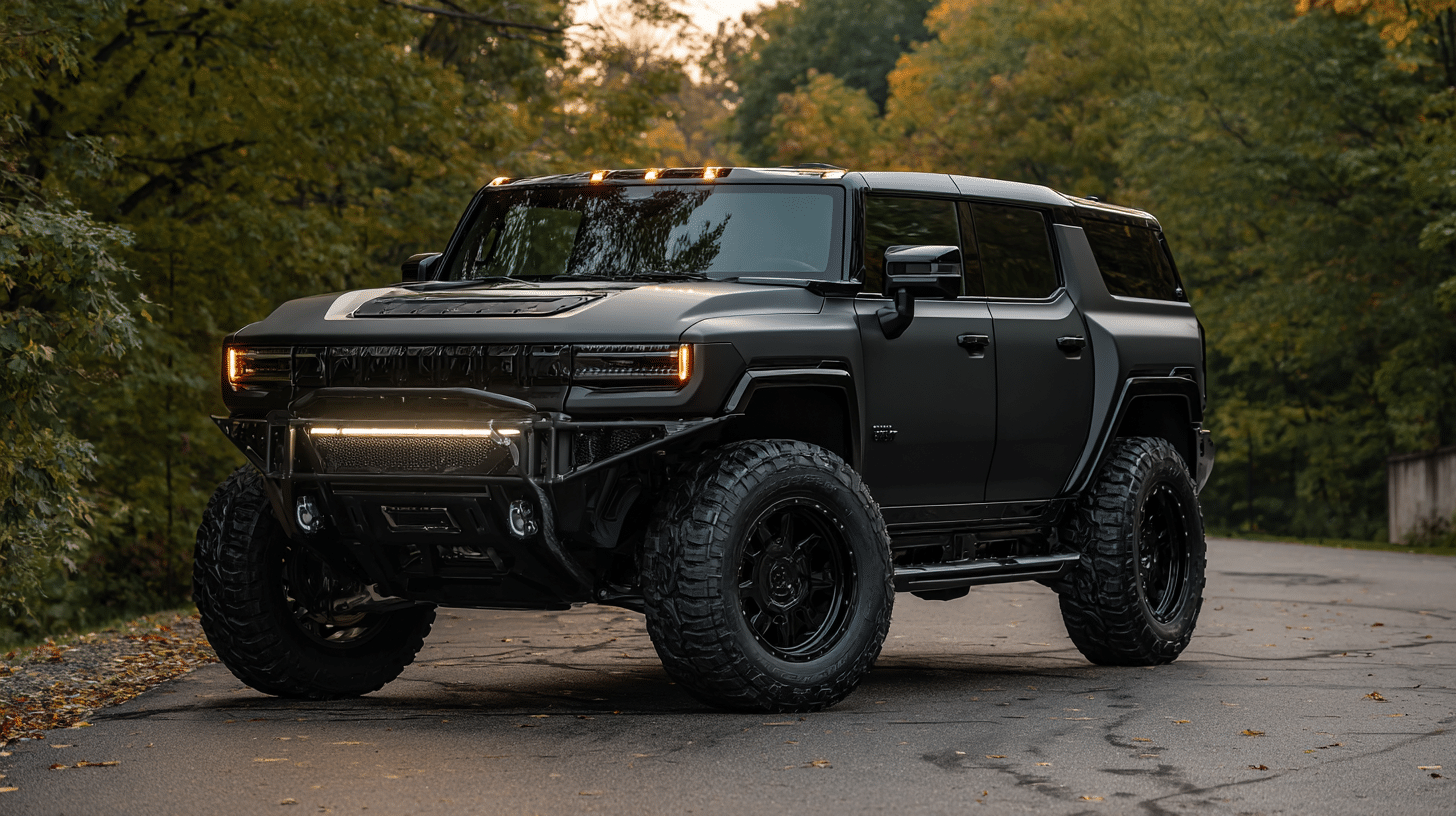I used to think supercars and hypercars were just two names for the same kind of flashy, fast rides. But after looking into it, I realized they’re not the same at all.
It’s more than speed and looks; there’s a steep difference in how they’re made, how rare they are, and the kind of performance they deliver.
If you’ve ever been curious about which is which, you’re not alone. This blog outlines the differences between hypercars and supercars in simple, clear terms.
I’ll explain how they stack up in power, price, features, and purpose, without any confusing jargon. If you love fast cars or just want to understand the hype, this is for you.
Let’s break it down and figure out what separates the best from the absolute wildest.
What Makes a Hypercar Different from a Supercar?
A supercar is a high-performance sports car built for speed, control, and eye-catching style. Names like Ferrari, Lamborghini, and McLaren come to mind.
They’re fast, powerful, and expensive, but still somewhat accessible in the exotic car world. Now compare that to a hypercar, and you’re stepping into extreme territory.
Hypercars take everything supercars offer and push it further, more power, more tech, and far more exclusivity. Think of the Bugatti Chiron or Koenigsegg Jesko.
These cars aren’t just fast, they’re engineering showcases, often produced in ultra-limited numbers. Here’s a simple way to remember it: all hypercars are supercars, but only the most advanced supercars qualify as hypercars.
Supercars vs. Hypercars: Key Differences Explained
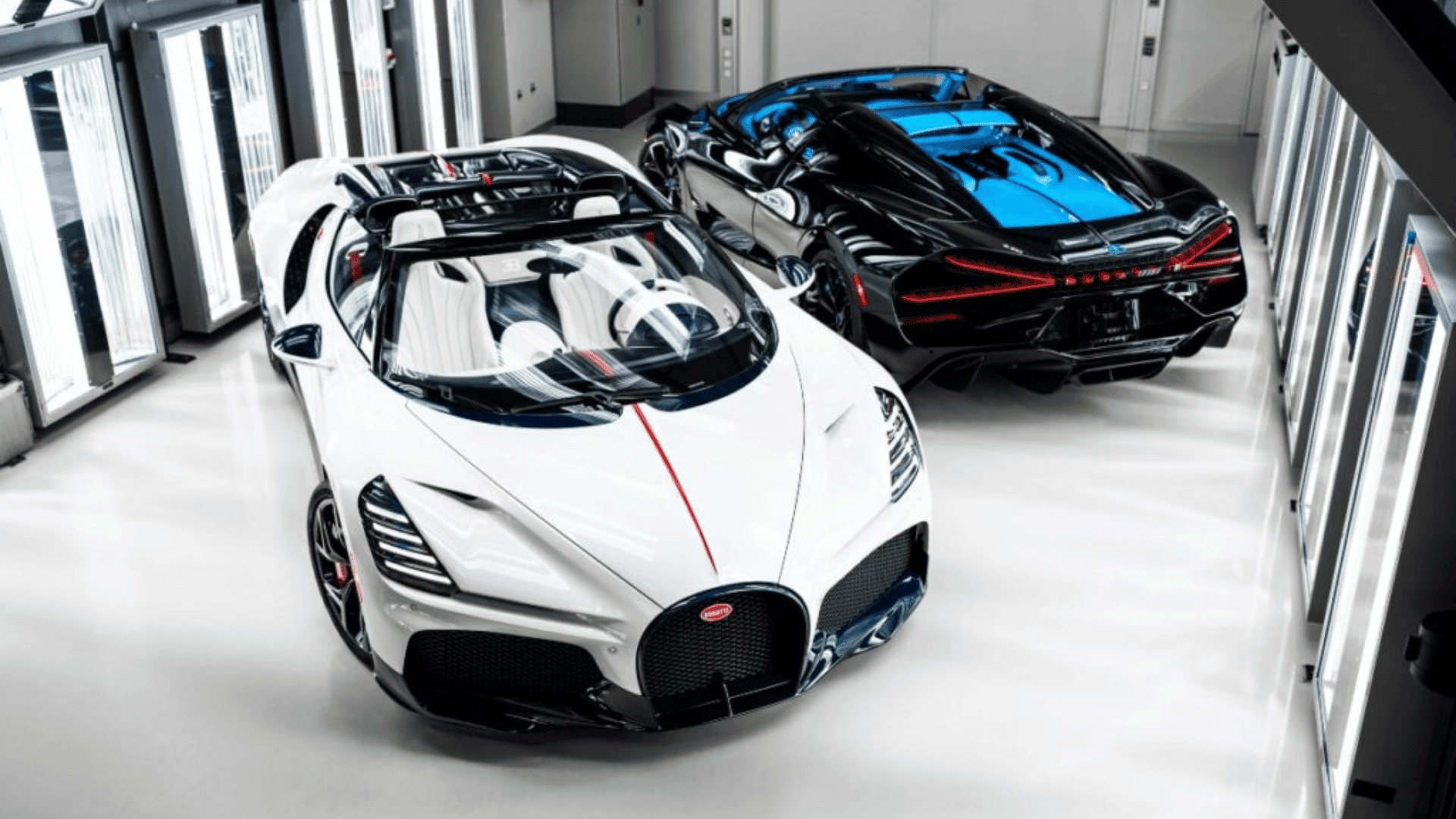
Supercars and hypercars both deliver top-tier performance, but serve different goals. Supercars focus on speed and style for the road and track. Hypercars go further, pushing the limits of tech, power, and price. Look at how they compare:
Speed and Performance
When it comes to speed and power, the gap between supercars and hypercars is clear. Supercars deliver fast acceleration and top speeds, but hypercars push beyond even those high standards.
| Category | Supercars | Hypercars |
|---|---|---|
| 0–60 mph | Around 3 seconds | Under 2 seconds |
| Top Speed | 200–220 mph | 250–300+ mph |
| Track Performance | Strong track ability | Dominates in sprints |
In terms of raw speed, hypercars come out on top, but supercars still offer thrilling performance for most drivers.
Handling and Tracking Power
Handling is where design goals start to split. Supercars aim for a balance between comfort and control, while hypercars focus entirely on performance.
- Supercars: Sharp cornering, good balance, and road comfort. Great for everyday high-speed use.
- Hypercars: Active aerodynamics, adaptive suspension, and ultra-low ride height. Built for extreme grip and race-level performance.
Hypercars dominate in precision and control, but may feel too aggressive for casual street use.
Technology and Innovation
Both types of cars use advanced technology, but in different ways.
- Supercars: Use proven performance tech that works well for both road and track.
- Hypercars: Often serve as a testing ground for new innovations, from electric powertrains to ultra-light materials.
Hypercars lead the way in cutting-edge engineering, influencing the future of the auto industry.
Price Difference
When it comes to price, there’s a massive jump from supercars to hypercars. Supercars are already a significant investment, but hypercars push into multi-million-dollar territory. The price isn’t just for the name; it reflects the car’s rarity, power, and advanced features.
| Category | Supercar | Hypercar |
|---|---|---|
| Starting Price | Around $200,000 | Starts near $1.5 million |
| Upper Range | Can reach $1 million+ | Can exceed $5 million |
| Affordability | Expensive but possible with success | Out of reach for most—collector-level price |
| Examples | Ferrari 296 GTB – $338,000 | Bugatti Chiron – $3 million |
| Lamborghini Huracán – $250,000 | Pagani Huayra – $3.5 million | |
| What Price Reflects | Performance, prestige, drivability | Rarity, innovation, tech leadership |
Price isn’t just about power; it also tells you how rare and exclusive each car truly is.
Driving a Supercar: What to Expect
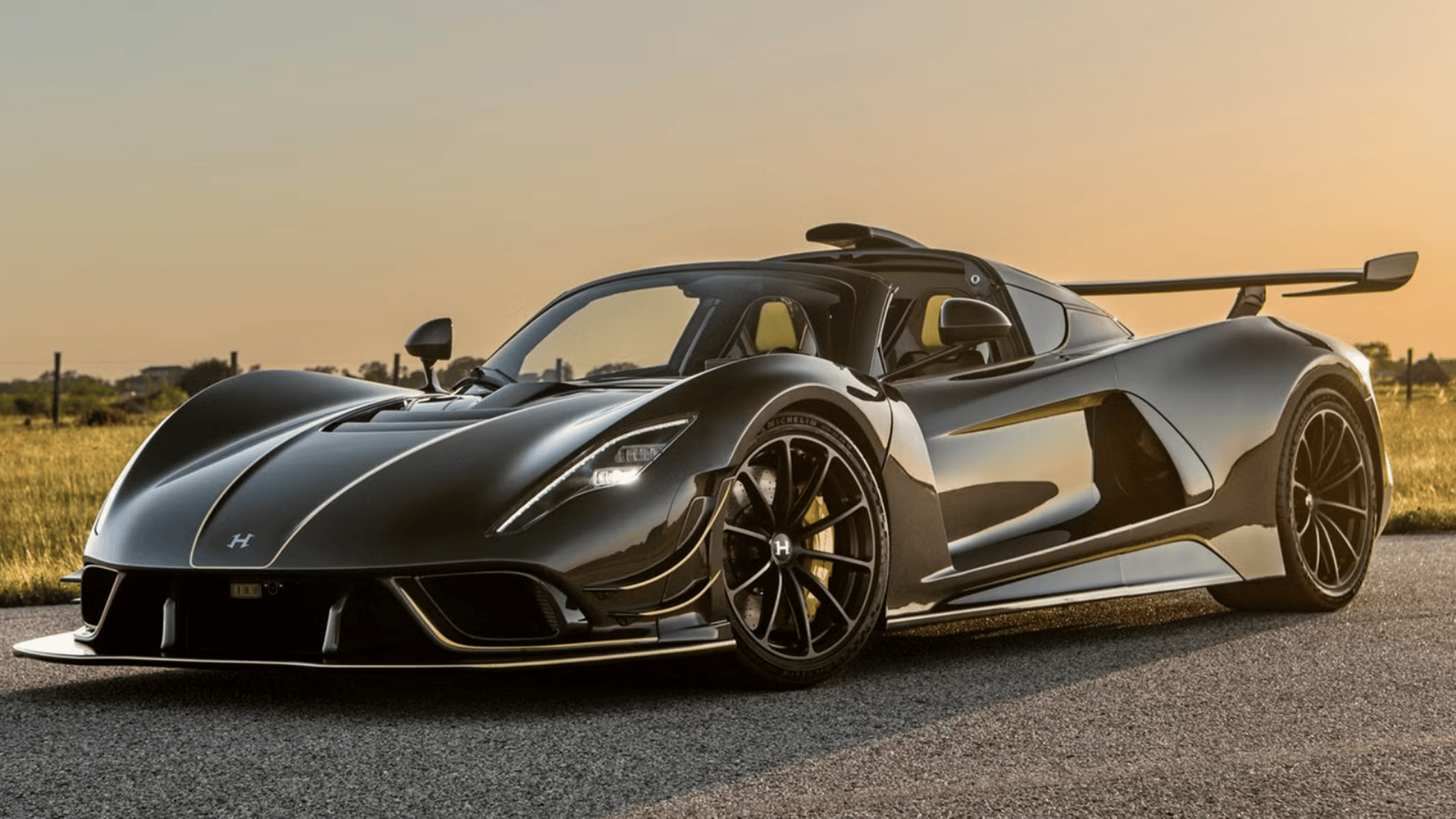
Supercars strike a balance between speed and technology without going overboard. They’re built for both everyday excitement and racetrack thrills.
-
Dual-clutch transmissions: These provide lightning-fast gear changes with minimal loss in power. Drivers experience smoother acceleration and improved control, especially during sharp turns or high-speed maneuvers.
-
Turbocharged or naturally aspirated engines: You get thrilling sound and power delivery in different ways. Turbochargers offer more boost and efficiency, while naturally aspirated engines deliver linear, high-revving excitement.
-
Carbon fiber elements: This material keeps weight low while maintaining high strength. It’s used in the body and chassis to improve agility and fuel efficiency without sacrificing safety.
-
Advanced driver assistance: Features like traction control and stability systems help even non-professional drivers handle these cars safely. They let you enjoy the speed while staying in control on city roads or highways.
What Makes Hypercars So Advanced?
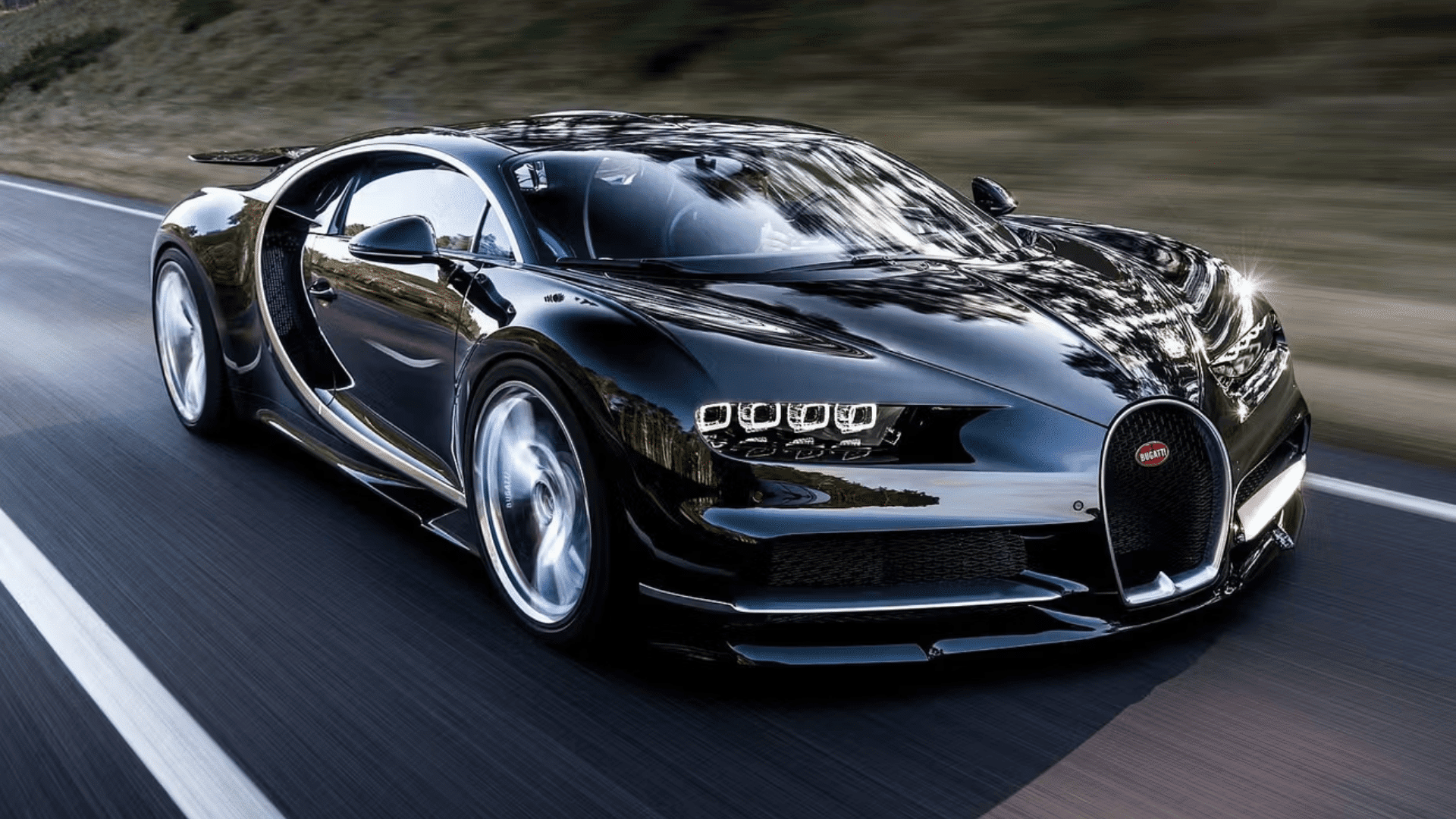
Hypercars go beyond power; they’re experimental machines built with the latest tech. Many of their features don’t yet exist in regular cars.
-
Hybrid or electric powertrains: These offer great acceleration and help meet emissions goals. Electric motors add instant torque, while hybrid setups blend combustion and electric power for next-level performance.
-
Active aerodynamics: Spoilers, vents, and wings shift on the fly to boost downforce. This keeps the car glued to the road, especially during corners or high-speed runs.
-
Lightweight monocoque frames: These frames are made from carbon composites to shed every possible pound. Less weight means faster acceleration, better handling, and reduced strain on tires and brakes.
-
Regenerative braking systems: These recover energy lost during braking and feed it back into the battery. It improves efficiency and adds an extra layer of engineering brilliance to every stop.
How Exclusive Are These Performance Cars?
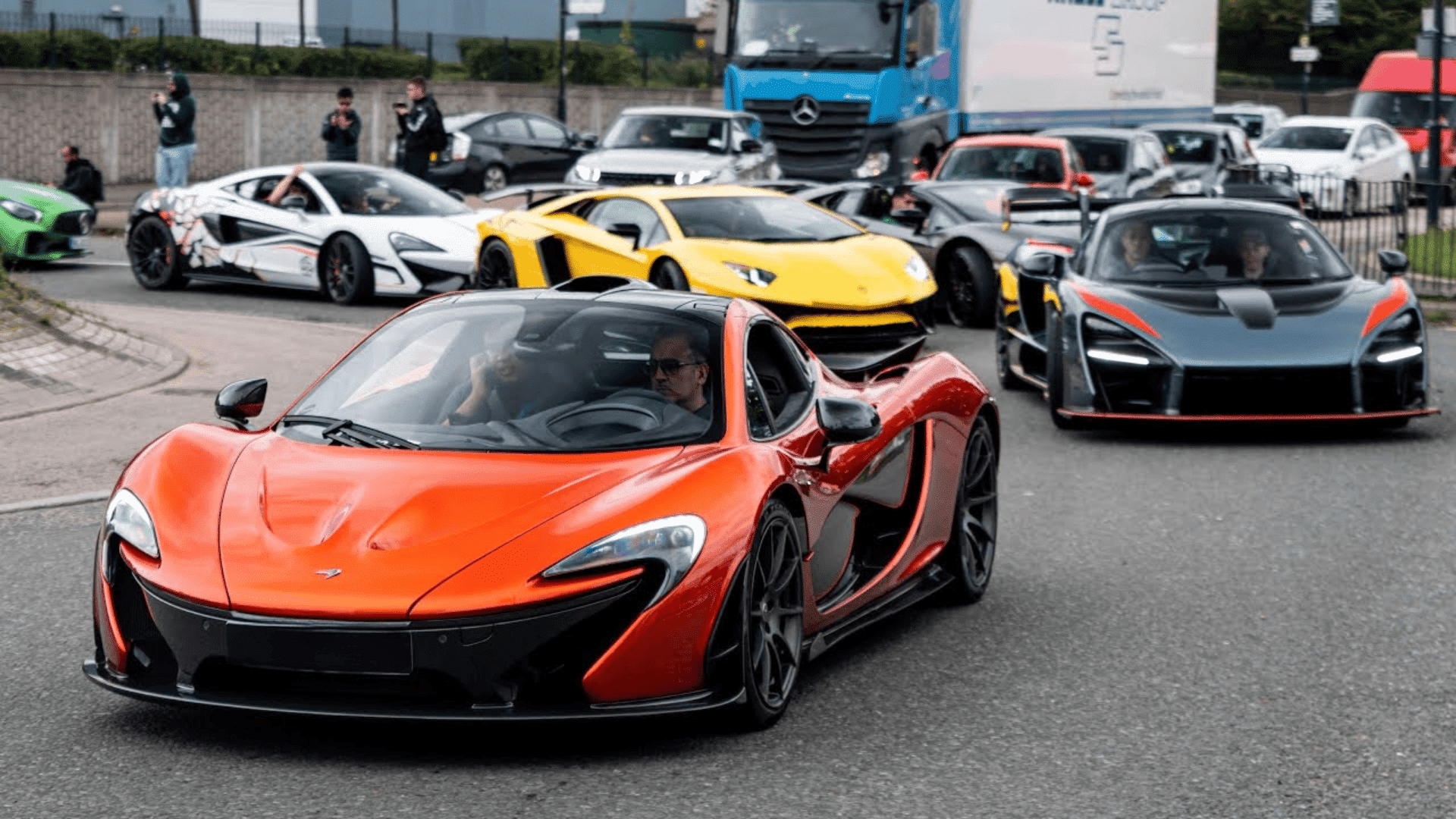
Supercars are limited, but still within reach for those with the budget. Hypercars, though, are often produced in such small numbers that they feel almost mythical. The table below compares the exclusivity of these cars.
| Category | Supercar | Hypercar |
|---|---|---|
| Production | Thousands per year | Usually under 100 per model |
| Availability | Sold through luxury dealerships | Invite-only or private allocation |
| Customization | Optional trims and factory upgrades | Entirely custom-built, often one-of-a-kind |
Hypercars aren’t just rare; they’re built that way. Owning one signifies access, status, and performance. Supercars are exclusive, but you’re more likely to see one on the road or at a dealership.
Street vs Track: Where Can You Use Them?
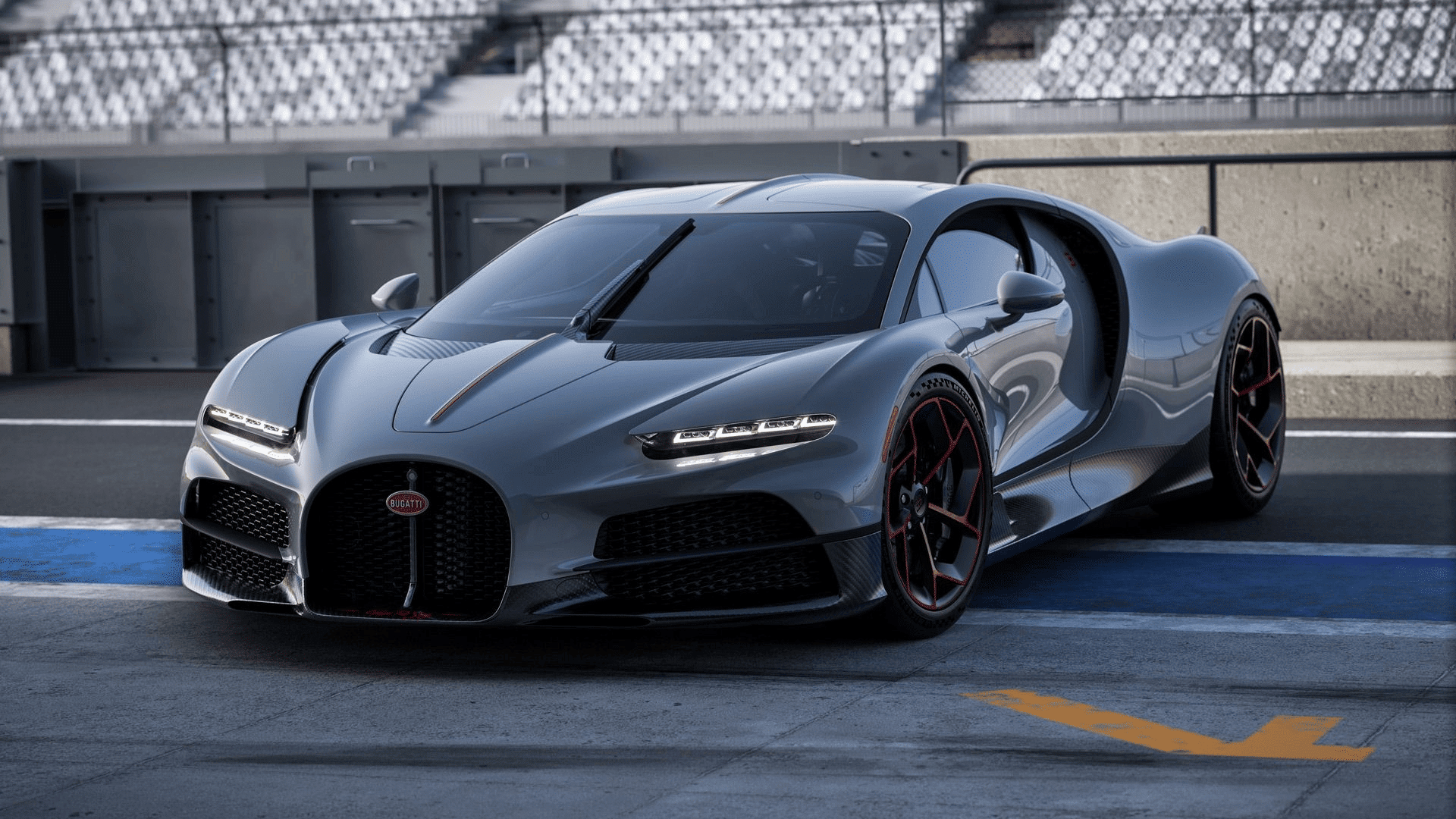
When it comes to high-performance vehicles, supercars and hypercars serve distinct purposes.
Supercars are designed to offer a balance between everyday usability and exceptional performance, making them perfect for both the road and the track.
On the other hand, hypercars are built to push the boundaries of technology and speed, often designed with private tracks or exclusive collections in mind.
| Type | Car Model | Notable Feature |
|---|---|---|
| Supercar | McLaren 720S | Ultra-light carbon body |
| Supercar | Porsche 911 Turbo S | Everyday drivability + speed |
| Hypercar | Aston Martin Valkyrie | F1-level tech |
| Hypercar | Rimac Nevera | Electric, 0–60 in under 2 seconds |
Both supercars and hypercars offer top performance, but differ in usage. Supercars are road-friendly, while hypercars push limits for track excellence.
Which One’s Right for You?

Choosing between a supercar and a hypercar depends on usage and desired experience, not just wealth. Some seek raw power for weekend drives, while others want a rare addition to their collection.
| Features | Supercar | Hypercar |
|---|---|---|
| Purpose | High-speed performance for road or track | Ultimate performance and exclusivity |
| Best For | Driving enthusiasts | Collectors, investors, and showpieces |
| Speed & Power | Extremely fast, but still drivable | Off-the-charts speed and track-level power |
| Tech Features | Balanced, user-friendly | Cutting-edge, often experimental |
| Availability | Limited, but possible to buy new or used | Extremely limited, sometimes invite-only |
| Cost Range | ~$200K–$1M+ | $1.5M–$5M+ or more |
| Comfort | Street-friendly with luxury touches | Often stripped-down, track-focused |
| Use Case | Regular weekend drives or special events | Mostly display, rare driving occasions |
| Maintenance/Repairs | Specialized but serviceable | Complex, requires experts |
No choice is wrong; it depends on how much you’ll use the car, what excites you most, and how deeply you want to go into the world of extreme performance.
Conclusion
I’ve always been intrigued by fast cars, but I used to frequently confuse supercars and hypercars. After looking into it, I finally get the difference. Supercars are excessively quick and fun, but still practical enough to drive.
Hypercars, on the other hand, are on a whole different level, built for extreme speed, rare designs, and next-level tech. They’re not just cars; they’re high-performance showcases.
Each has its place, and knowing how to spot the difference makes you appreciate them more. If you’ve ever wondered about the debate between hypercars and supercars, I hope this provides you with some straightforward answers.
If it helped, feel free to share it with other car enthusiasts or add it to your group chat. This is the kind of thing people love to talk about.


